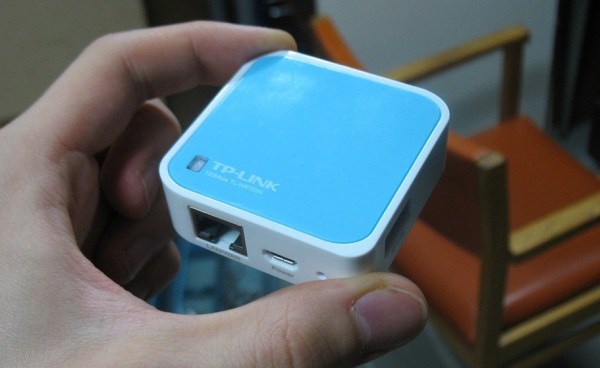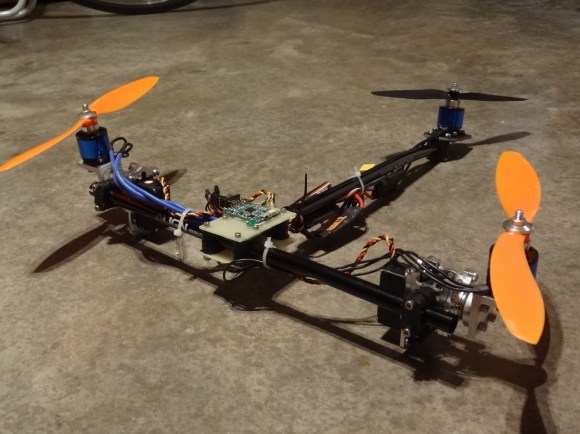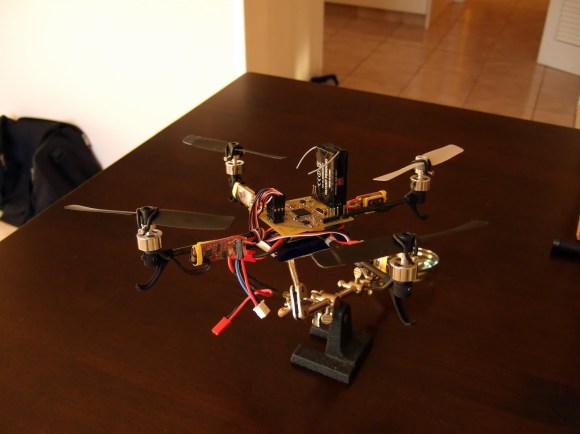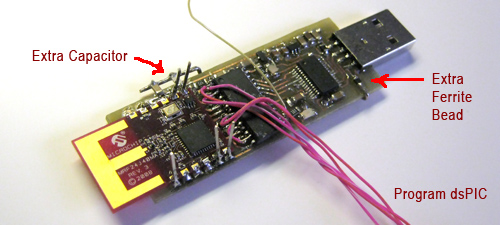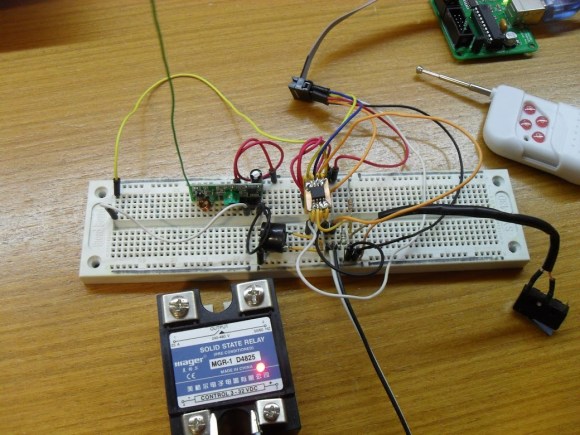We’ve seen this small, cheap, and powerful WiFi router before. But this time it’s up to no good. [Andy] used a TP-Link WR703N to build an upgraded WiFi Pineapple hacking tool.
A WiFi Pineapple is a device spawned years ago by the Hak5 team (here’s a clip showing off the device). It uses a WiFi router that will answer to any SSID request. Basically if your computer or smart phone has an AP SSID saved and broadcasts a request to connect the pineapple will pretend to be that device and start the handshake. This provides the chance to sniff all the data passing through in a classic man-in-the-middle attack.
[Andy] is recreating the device but at a rock bottom price. He picked up this router for about $20 and added an $8 USB drive to it. The only other thing you would need is a power source and a way to hide the hardware. The code used in the Hak5 version is available for download and that’s what he worked on after flashing OpenWrt to the device.
[Thanks Midnite]

